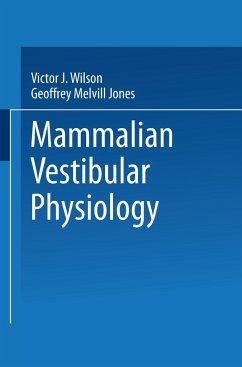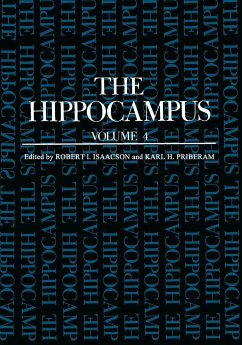It is easy to underrate the importance of a sensory system whose receptor is buried deep within the skull and of whose performance we are usually not aware. It is only when it malfunctions that we know we have a ves tibular system! Unraveling the mechanisms by which activation of the vestibular labyrinth exerts its varied effects presents a great challenge, which increasing numbers of investigators are rushing to meet. At this time a period of transition appears to have been reached. On the one hand, physiological and anatomical techniques have provided extensive information about the properties of the receptor and of some of the path ways that link it to the musculature. On the other hand, extensive be havioral and psychophysical studies provide different insights into the mechanisms involved in vestibular reflexes. Until recently there has been relatively 1ittle interaction between the practitioners of these two widely different approaches. It has been our goal to assess and describe the progress that has been made in both areas and, when possible, to make a synthesis of the results. As will be seen, numerous questions are raised in the process, and we hope that they will help in pointing the way to further investigations. We are grateful to the authors and publishers who gave permission to reproduce many of the figures, and to our colleagues who have read and commented on all or part of the manuscript. Victor J.








